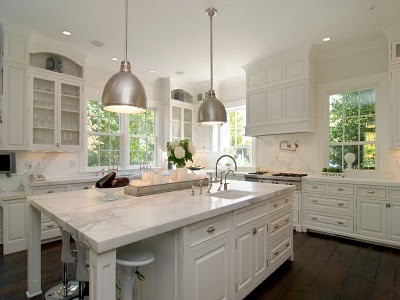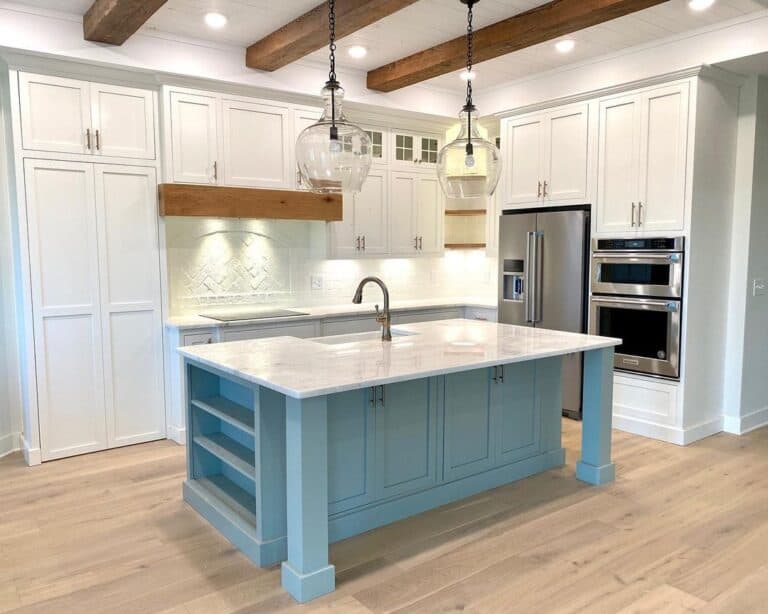Locate Resilient and Attractive Legs For Kitchen Island Transformations
Locate Resilient and Attractive Legs For Kitchen Island Transformations
Blog Article
An Overview to Selecting the Perfect Legs For Cooking Area Island for Your Home
Selecting the suitable legs for your cooking area island is a nuanced decision that impacts both the performance and aesthetic allure of this main space. Elements such as height, products, and style play an essential duty in harmonizing your island with the overall kitchen area style. Furthermore, recognizing the relevance of security and upkeep can considerably influence your selection. As you take into consideration these elements, it ends up being noticeable that the ideal legs can change not only the look of your kitchen area yet likewise its usability for several years to come. What certain features should you prioritize in this choice procedure?

Recognizing Kitchen Area Island Legs
When picking legs for a kitchen island, it's vital to recognize their functional and visual duties in the overall style. The legs act as a crucial support system, making certain stability and longevity for the island, which typically functions as a work space, eating area, or collecting place. Consequently, the selection of product and building and construction method have to be robust adequate to withstand day-to-day use and possible wear.
Along with their architectural responsibilities, legs contribute substantially to the island's visual allure. They can enhance the cooking area's design, whether with traditional, contemporary, or diverse designs. The elevation and proportion of the legs are additionally vital factors to consider; they have to harmonize with the island's counter top elevation while making sure comfy seating for those making use of the room.
Moreover, the leg design can influence the overall flow of the kitchen. Open, airy leg styles can create a sense of agility, while strong, substantial legs might communicate a much more based and steady aesthetic - Legs For Kitchen Island. Comprehending these useful and aesthetic facets will certainly direct home owners in making informed options that complement their cooking area's style and boost its functionality
Popular Styles and Products
The choice of legs for a kitchen area island incorporates a selection of popular designs and materials, each offering one-of-a-kind features that can enhance both functionality and visual appeals. Standard legs normally show elaborate information and craftsmanship, enhancing traditional cooking area styles.

Height and Security Considerations

Security is one more vital factor to consider. The legs of the kitchen area island ought to provide ample assistance, guaranteeing that the structure can hold up against everyday use without shifting or tottering. Material option plays index a considerable role in security; metal legs, as an example, have a tendency to use higher strength contrasted to wood. In addition, guaranteeing that the island is securely anchored to the flooring or wall can boost stability, specifically for larger islands that might bear substantial weight.
Matching Your Kitchen Area Aesthetic
Picking the best legs for your cooking area island goes beyond performance; it additionally plays a considerable duty in the overall aesthetic of the area. When picking legs, consider the design style helpful site of your cooking area. For a modern look, sleek steel or minimal layouts can create a clean, contemporary ambiance. On the various other hand, typical or rustic kitchen areas usually benefit from wooden legs with elaborate outlining or a troubled surface, boosting heat and personality.
Legs that complement or comparison with your island's surface area and surrounding cabinetry can develop aesthetic harmony or striking focal factors. Furthermore, think about the finish of the legs; matte, shiny, or distinctive finishes can dramatically influence the general feeling of the cooking area.
Setup and Upkeep Tips
Mounting kitchen area island legs requires mindful interest to information to make sure both stability and visual appeal. Begin by picking an appropriate location for your island, guaranteeing it is level and has enough area for activity. Utilize a stud finder to find wall surface studs if you are attaching the legs to a wall surface or using braces for added assistance. Mark the placement of the legs properly before boring.
When protecting the legs, make use of top notch screws and, if necessary, wood adhesive for additional strength. For steel legs, make certain that you are using proper supports and tools to avoid damages to your floor covering. It is advisable to look for levelness after installment, making adjustments as needed to prevent tottering.
Upkeep is just as important for durability - Legs For Kitchen the original source Island. Consistently check the legs for any indications of wear or helping to loosen, specifically in high-traffic locations. Tidy the legs with a suitable cleaner, avoiding abrasive materials that may scratch the surface. For wooden legs, think about using a timber conditioner regularly to preserve their surface. By complying with these setup and maintenance ideas, you can make sure that your cooking area island legs continue to be both aesthetically attractive and practical.
Conclusion
In conclusion, selecting the ideal legs for a cooking area island demands cautious consideration of height, security, and visual compatibility. By choosing suitable products and styles that align with the total kitchen area style, functionality can be boosted while keeping visual appeal. Correct setup and ongoing upkeep even more add to the durability and long life of the kitchen area island. Ultimately, thoughtful leg option plays a vital role in boosting both the functionality and design of the cooking area area.
When picking legs for a kitchen island, it's crucial to comprehend their visual and useful functions in the total layout. Open, ventilated leg styles can create a sense of agility, while solid, substantial legs might share a much more grounded and stable visual. The legs of the cooking area island ought to give adequate support, making certain that the structure can stand up to day-to-day use without wobbling or moving.Installing kitchen area island legs calls for mindful attention to detail to make sure both security and visual allure.In conclusion, choosing the proper legs for a cooking area island demands careful consideration of height, stability, and aesthetic compatibility.
Report this page